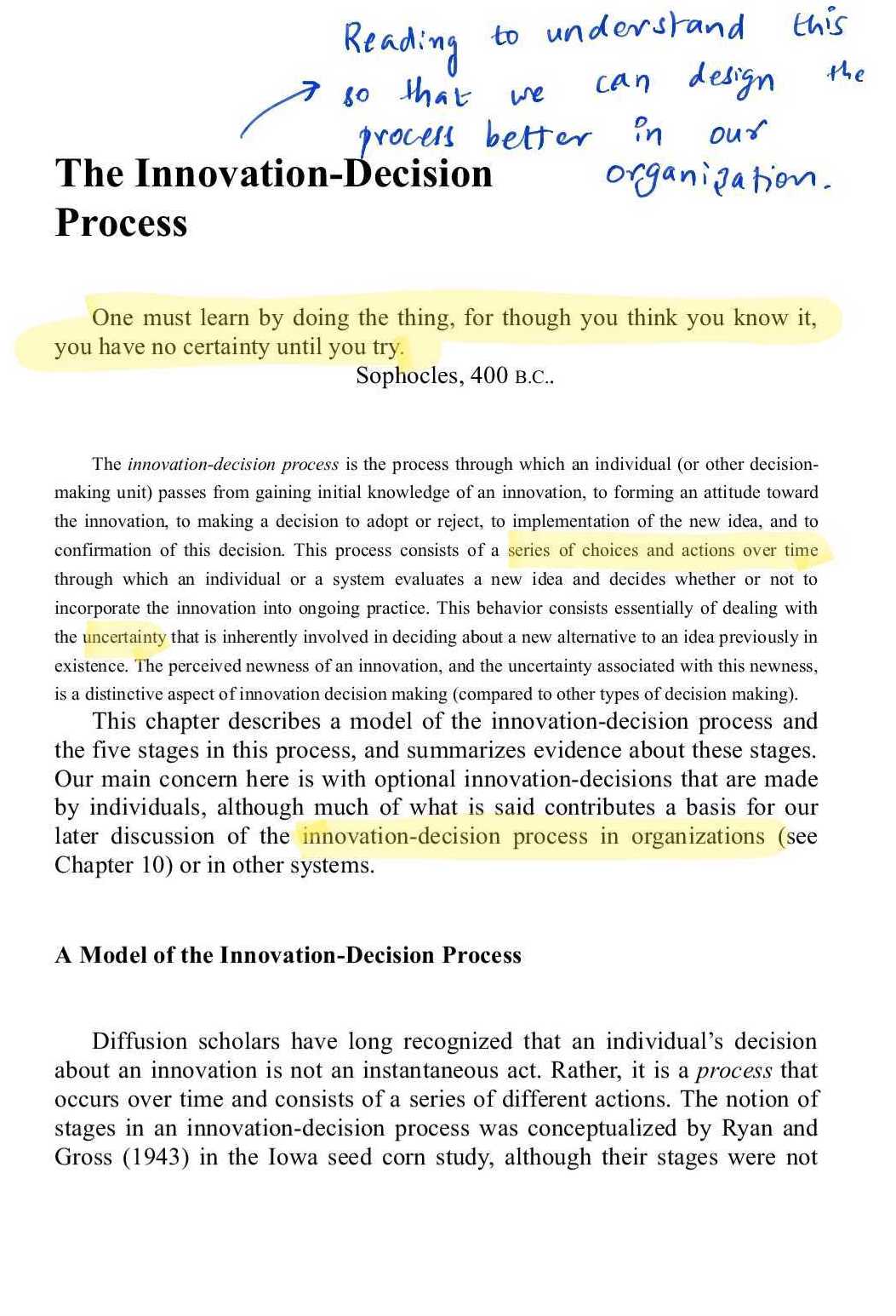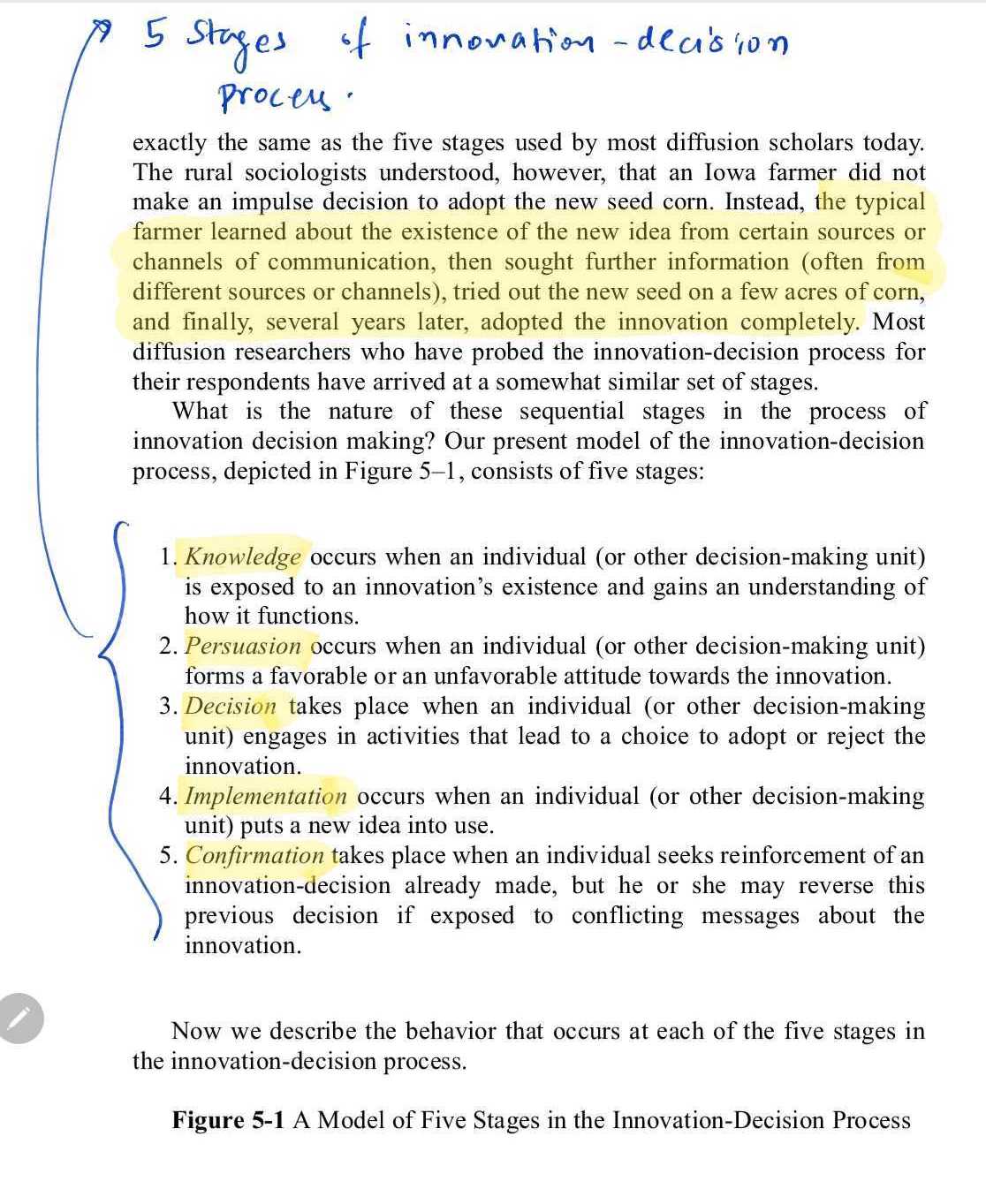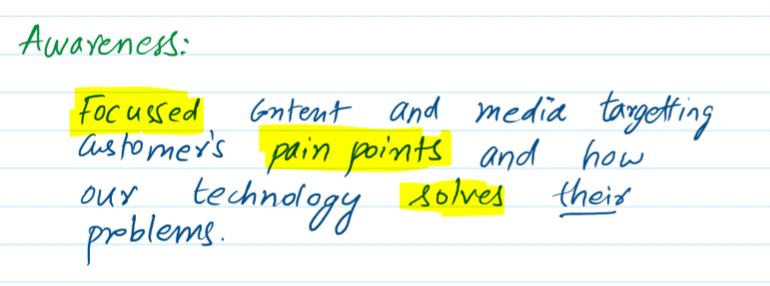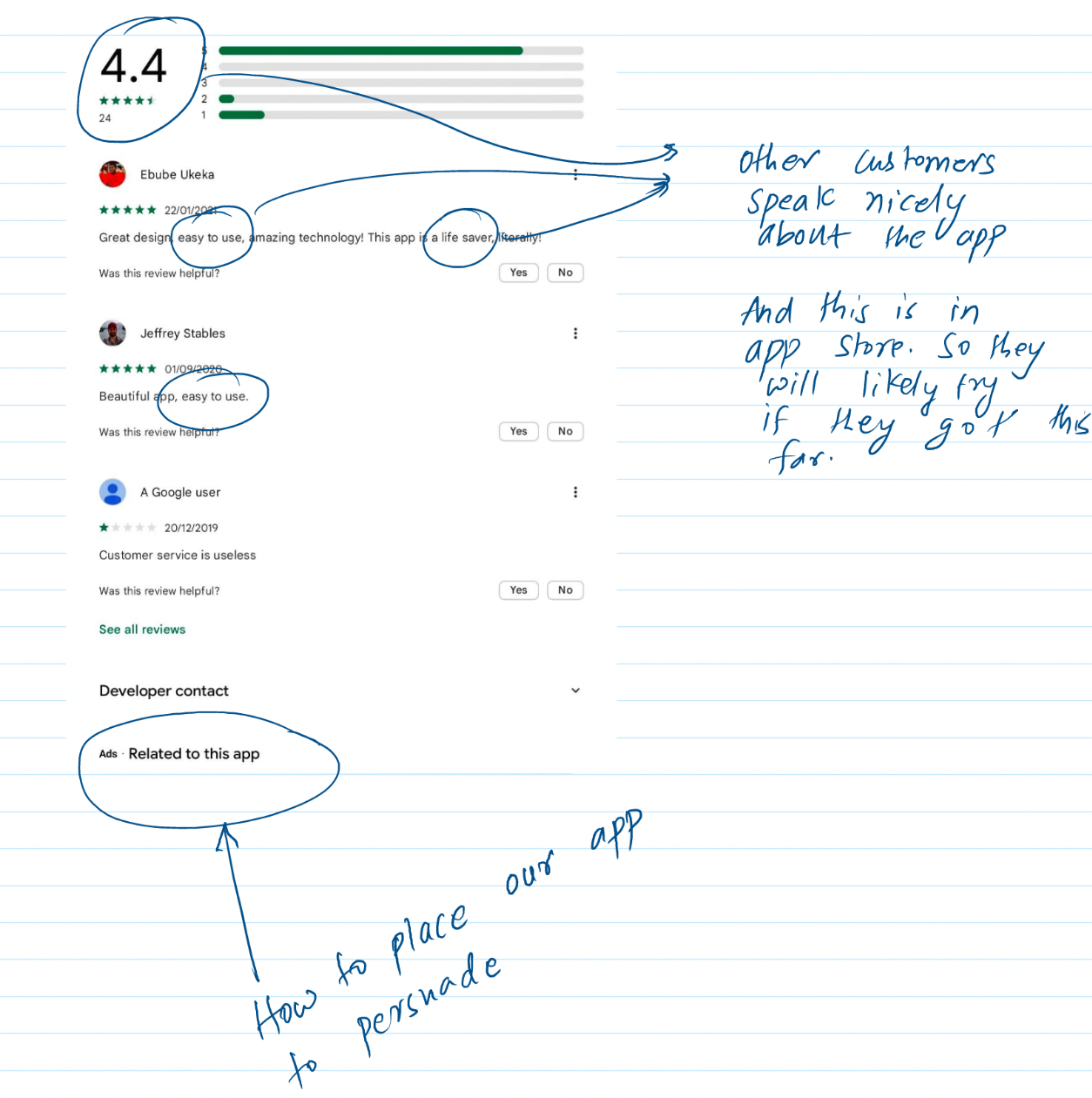Marketing Strategy From First Principles
Marketing is an important part of any organization. It’s important that there’s a marketing strategy. It’s not complicated to have one because the fundamentals of customer behavior are well documented. My reference textbook is surprisingly not a marketing textbook but sociology one called Diffusion of Innovations. Specifically, I read the chapter on what is called as “Innovation-Decision Process”.
Innovation Decision Process
innovation-decision process is defined as
The innovation-decision process is the process through which an individual (or other decision-making unit) passes from first knowledge of an innovation, to the formation of an attitude toward the innovation, to a decision to adopt or reject, to implementation and use of the new idea, and to confirmation of this decision.
Innovation Decision Process

As you can read from the definition, it is a process. It has five distinct steps that an adopter of innovations goes through: (1) knowledge, (2) persuasion, (3) decision, (4) implementation, and (5) confirmation.
Steps of Innovation Decision Process

This background allowed me to create the following marketing strategy.
Marketing Strategy
Aim of any marketing strategy, of course, is to increase the customers interested in your product and get them to pay for it.
Aim of Marketing

Question is how are we gonna do this. Following what we learnt from innovation decision process, here is the plan. I will illustrate each part with an example.
Awareness
First step is to create awareness of your product and the problems it solves. We do this by creating focused content about problem-solving.
Create content to create awareness

As an example, let’s look at this awesome tweet made by Zepto and break it down why it works. You can see how it targets customers with problems they face and how Zepto solves these problems.
Breaking down Zepto’s copy

Persuade
Next step is to persuade the interested customers to follow through and try the product.
Persuade the customer

Persuasion can be done in multiple ways. Ads are a good example. But more effective are reviews. Here’s an example of Viz.ai app’s reviews:
App reviews can offer great persuasion

Handhold through decision
Aim of this step is to ensure customers follow through their implementation.
Handhold through implementation

A great example is an email I received from SaaS I was buying.
Offer help to customers to implement

That’s all folks! Sounds simple right? Because it is. The proof is in the pudding aka execution though!